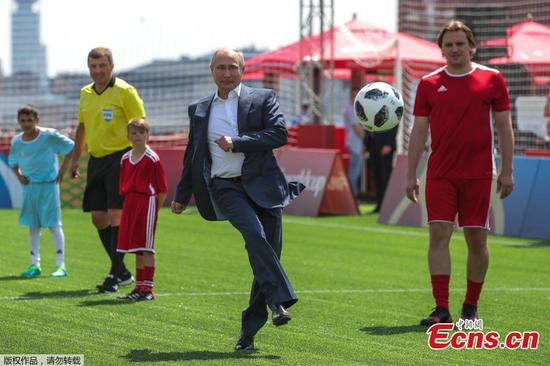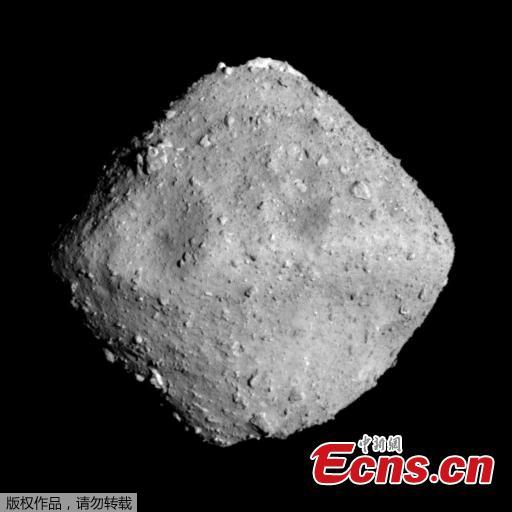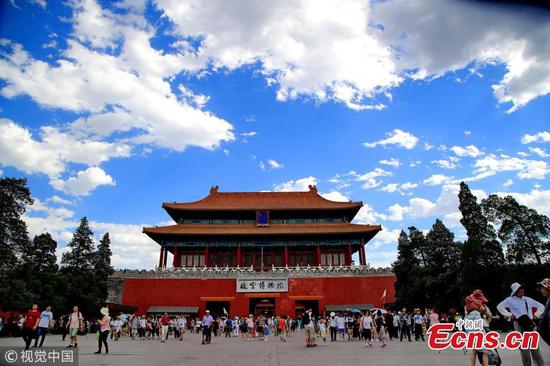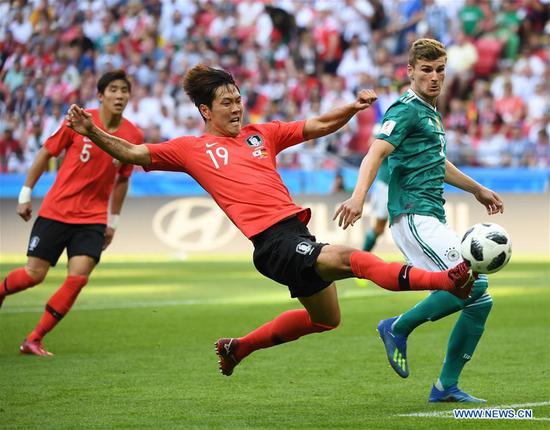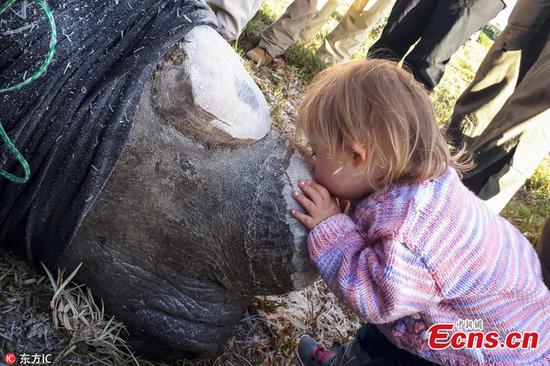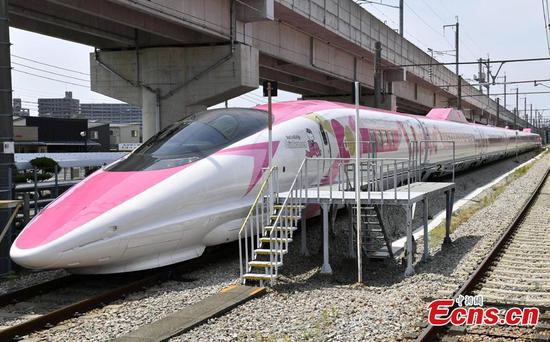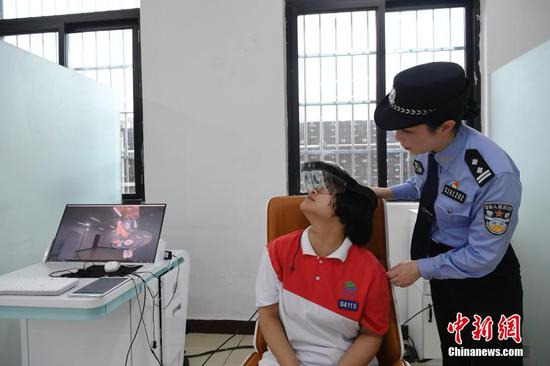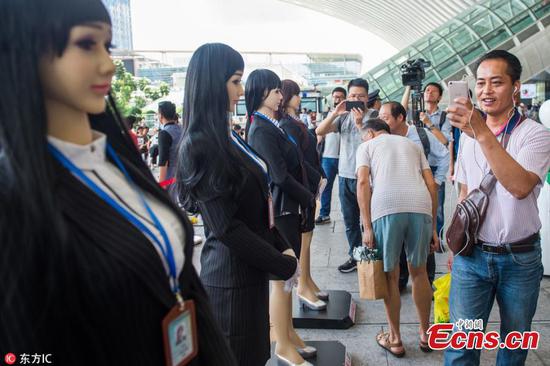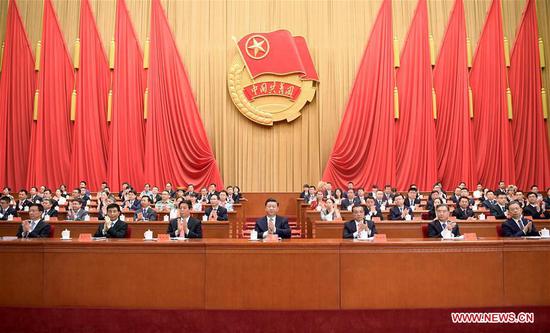Weakening currency due to market expectations
China has not used, nor will it use, the yuan's devaluation as a tool to negotiate with the U.S. amid the China-U.S. trade spat, experts told the Global Times, stressing the weaker yuan is a natural reflection of low market expectations due to escalating trade tensions.
China's currency, the yuan, closed at 6.6250 against the U.S. dollar on Thursday, 300 pips weaker than the previous trading day. It weakened to its lowest point since November 21, 2017, according to the China Foreign Exchange Trade System.
Ding Shuang, head of Greater China and North Asia Economics Research at Standard Chartered Bank, told the Global Times Thursday that the yuan's devaluation over the past week was partially due to the strengthening of the U.S. dollar based on a trade-weighted basket of currencies.
The other main factor came from the bearish market expectations resulting from the current trade tensions between China and the U.S., which consequently increased the purchase demand of the greenback, in turn further increasing expectations and causing the yuan's devaluation, Ding explained.
On June 15, the Trump administration said that $34 billion worth of Chinese goods will be subject to tariffs starting from July 6, with an additional $16 billion worth of products undergoing further review.
In response, China's Ministry of Commerce provided on June 16 a list of 545 U.S. imports, including soybeans and electric vehicles, worth roughly $34 billion that will be subject to a 25 percent tariff, also starting July 6.
The yuan might face further devaluation pressure in the short term, but it is very likely to be mild, said Zhou Yu, director of the Research Center of International Finance at the Shanghai Academy of Social Sciences.
"Investors are becoming a little panicked, but I think it's not necessary to cause such concern in the market, although it's largely affected by expectations," Zhou told the Global Times Thursday, saying the market has "overreacted."
"Trump's trade protectionism via imposing tariffs, in fact, will have limited impact on Chinese economic development," he said, stressing there should not be so much pessimism about the yuan.
Not a tool
Experts opine that the People's Bank of China (PBOC), the country's central bank, has not intervened in the market. Instead, it has held a market-driven attitude toward the yuan's performance in a reasonable range.
"At present, the PBOC has only released some signals via adjusting the yuan midpoint, but has not taken any specific measures," Ding noted.
On Thursday, the PBOC lowered its yuan midpoint for the seventh straight trading day to 6.5960 per dollar, 0.6 percent weaker than the previous fix of 6.5569, data from its website showed.
Ding forecast that the central bank is likely to "do something" when the spot yuan rate breaches around 6.8 per dollar, preventing potential risks, including capital flight and instability in the domestic financial system.
However, China will not use the tumbling exchange rate to gain an advantage amid China-U.S. trade frictions, experts said, rejecting an early Bloomberg report claiming the country will use the currency as a tool in trade negotiations with the U.S.
To some extent, the yuan's depreciation against the greenback can enhance China's export competitiveness, partially offsetting the U.S. tariffs, said Zhou.
Cao Yuanzheng, chairman of BOCI Research, told the Global Times, "It cannot directly exert the offsetting effect in the short term."
"Currency devaluation is not a long-term approach since it is a double-edged sword. A delicate balance is very important to ensure the country's economic transformation and upgrading," added Ding.









